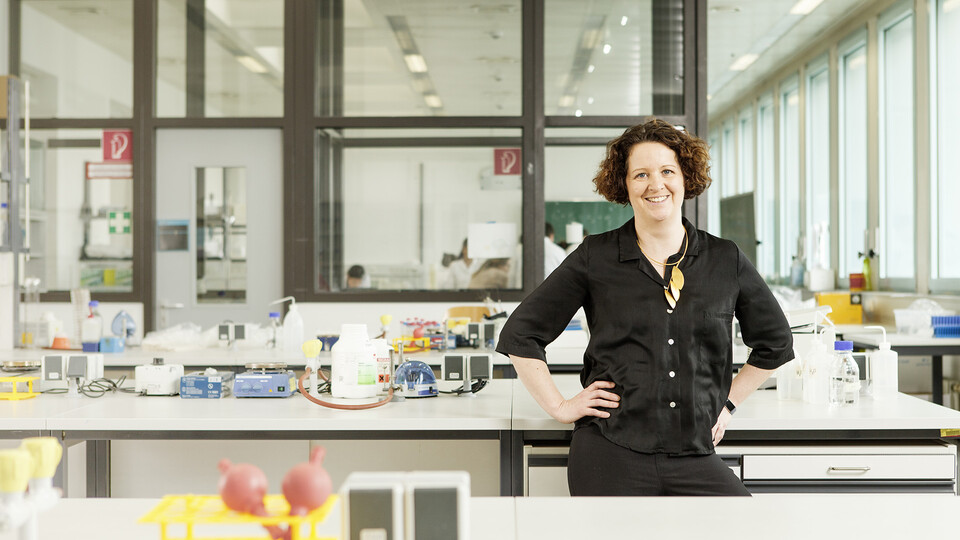
Gene regulation is essential for controlling when, where, and how much a gene is expressed, ensuring proper cellular function and adaptability to its changing environment. This process relies on a complex interplay of regulatory elements – the gene regulatory landscape. Crucially, regulatory sequences often operate from regions far away from the genes they control. However, the exact details of how regulatory elements work within the three-dimensional genome is currently not well understood.
Christa Buecker’s ERC-funded project ‘GENE-TUNE’ focuses on understanding how gene expression is regulated from a distance. “We hypothesize that certain transcription factors or binding sites enable enhancers to activate genes over long distances, while others lack this capability,” explains Christa. “To identify what makes regulatory elements effective, we’ll test a diverse library of enhancers, analyze their behavior, and investigate how combining multiple elements can overcome spatial limitations.” Through a pioneering synthetic approach, the Buecker lab aims to reconstruct regulatory landscapes and systematically test individual and combined regulatory sequences, paving the way for new insights into gene regulation.
About Christa Buecker:
Christa Buecker studied Technical Biology at the University of Stuttgart and obtained her PhD from Utrecht University, Netherlands, and the Harvard Stem Cell Institute in Boston, USA. As a postdoctoral researcher, she worked at the Stanford School of Medicine, USA. She joined the Perutz in 2015 and was promoted to Associate Professor at the University of Vienna in 2022.